As I’ve explored ruined abbeys, crumbling cathedrals, and other ruined, sacred places in Scotland, I’ve come to understand that it’s the land more than the structure that made those places ‘holy.’ The imperial history of religion has certainly weighed on that view as the introduction of Christianity to Scotland and the British Isles at large saw missionaries building Christian sites over existing ‘pagan’ sites and incorporating the native gods into the Christian pantheon of saints, consuming and repurposing existing belief systems like the Borg. So when I came to Deer Abbey in rural Aberdeenshire and saw little more than stone footings and crumbled walls I didn’t bat an eye.
I could feel the place.
Most of Deer Abbey’s history begins in the 13th century, but this was the abbey’s Cistercian origin not its true birthdate. We may never truly know when that was, but there is reason to believe an older monastery existed here or near here hundreds of years earlier. In fact, this more ancient monastery may have housed the oldest manuscript in Scotland, the legendary Book of Deer.
The Book of Deer was written in Latin around 900 CE with but a single phrase in Old Gaelic – the oldest Gaelic writing in the world. The Gaelic note indicates that St. Columba and his nephew St. Drostan, two extremely well-known and well-traveled Scottish saints, founded the Pictish monastery at Old Deer in 580 CE.
Now I know what you’re thinking: Where are the deer?? As the story goes, St. Drostan cried when good old uncle saint Columba left, and his tears, or ‘dèara’ in Gaelic, gave the monastery its name. So we’re talking about liquid sorrow and not kindly roe deer here.
The ruins we see today are the remnants of the abbey built in 1219 under instruction of William Comyn, earl of Buchan. He granted the land to the Cistercian monks who lived and prayed here for more than three centuries, though their tenure was cut short, as it was in almost all abbeys across Scotland, by the Reformation in the 16th century.
Following this period of religious strife the abbey fell into the hands of the Keith family, though it doesn’t sound like they cared much for it. Much of the abbey’s stonework was taken during this period, and by the 19th century the remains of Deer Abbey were little more than a sanctified stone quarry.
All that history is a nice-to-have, but the reward for coming to the remains of Deer Abbey is in the wander. Feel the grass underfoot, walk beneath the trees, sit on the stones.
Stop. Close your eyes. Perceive.
This sensing is like a muscle you need to believe in before you can flex it. You will come to attune to a place — Scotland is great for this. There’s so much here, like a river flowing underground, and these sacred sites are like springs breaching the surface.
Once you have a sip you’ll realize you have such a thirst.

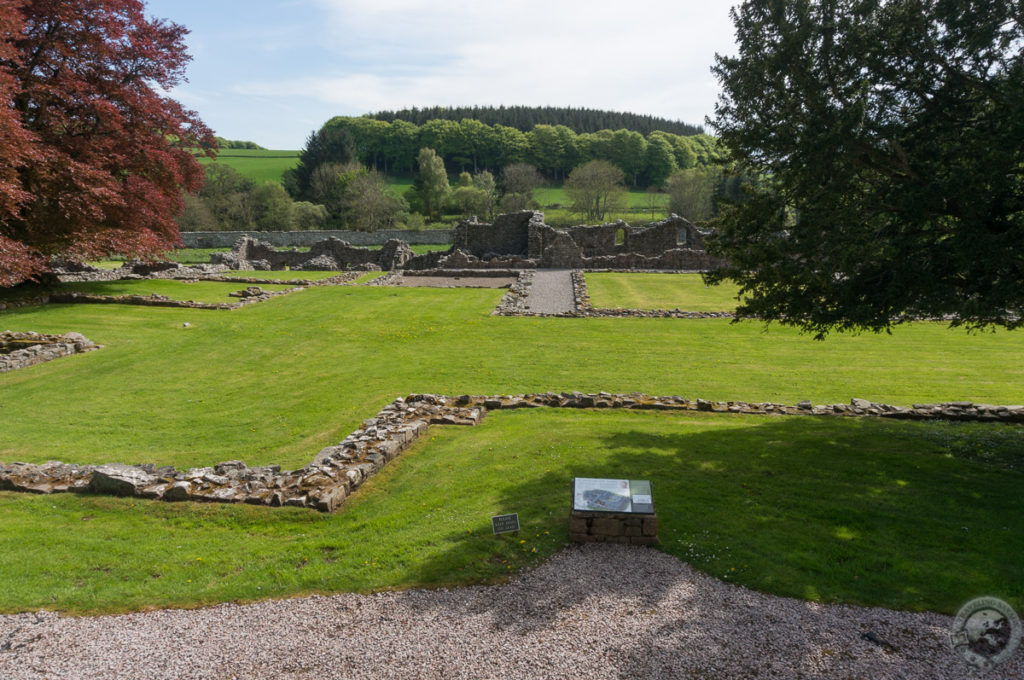
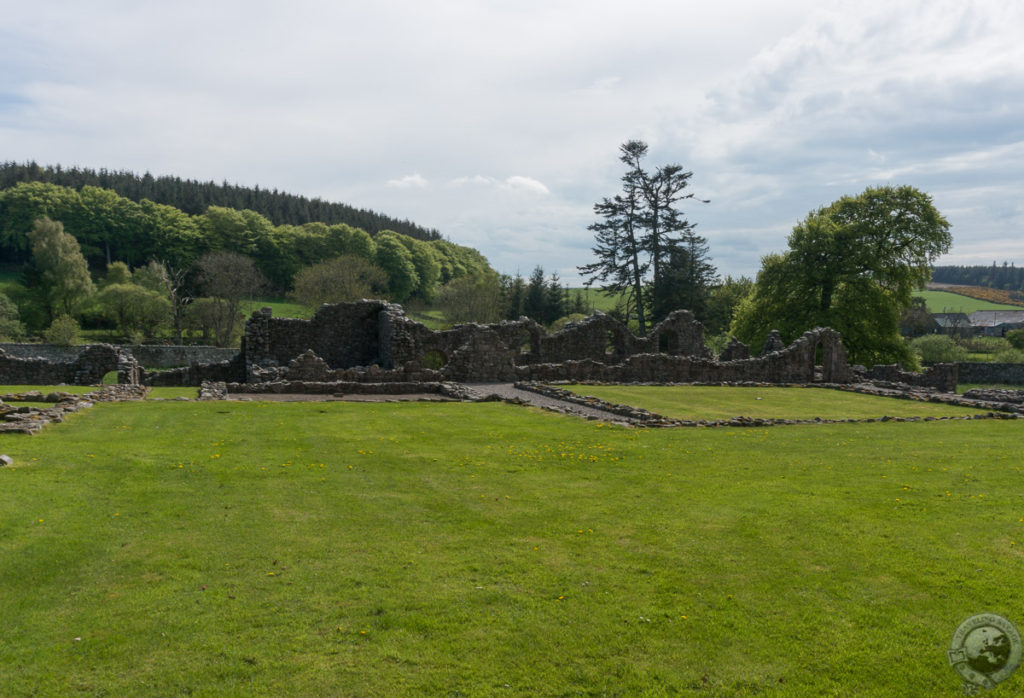
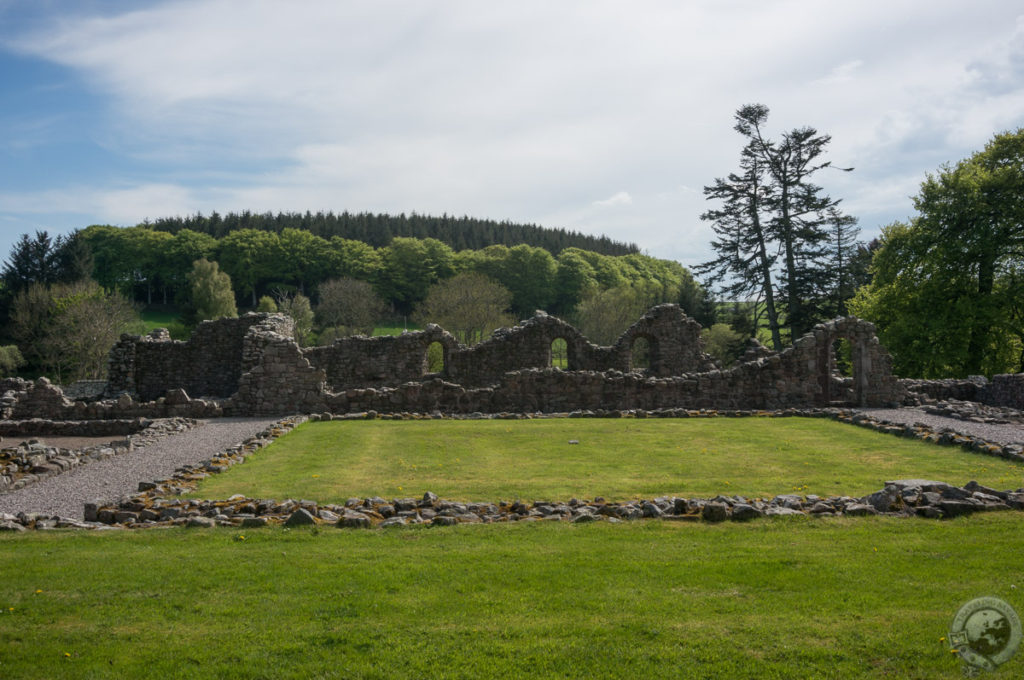
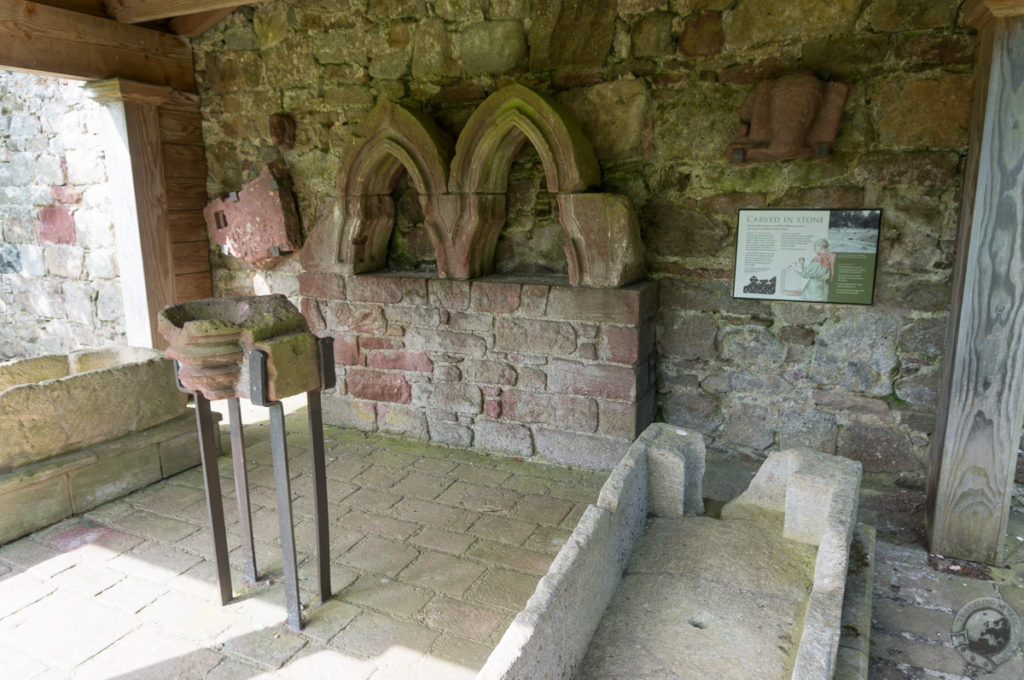
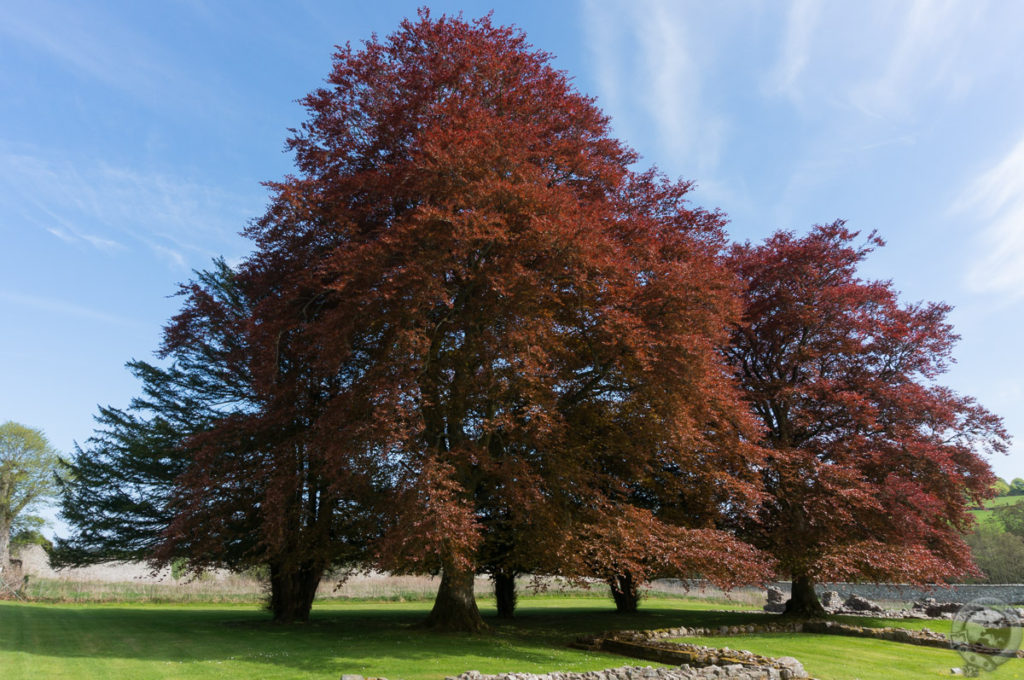
You are so accurate with your description of “feeling” the place. I never could put my finger on why I love the unrestored ruins over the elaborate, restored, albeit beautiful historical buildings. It’s that you can imagine, feel, almost see those of bygone times.
Regards,
Christine
Hi Keith,
I always enjoy your postings. Having been there a few times and planning again next year, I feel that connection to Scotland as well…….enough that I got my DNA tested to see if there is a physical connection. There is! Your comment about touching a place and letting the force of memories wash over you is something I always take the time to do. Aberdeenshire is one of the few areas I’ve not been but there’s always next time. I will definitely keep Deer Abbey on my radar.
Thanks again for your musings and photos. You always take me back.
Cheers!
Carol